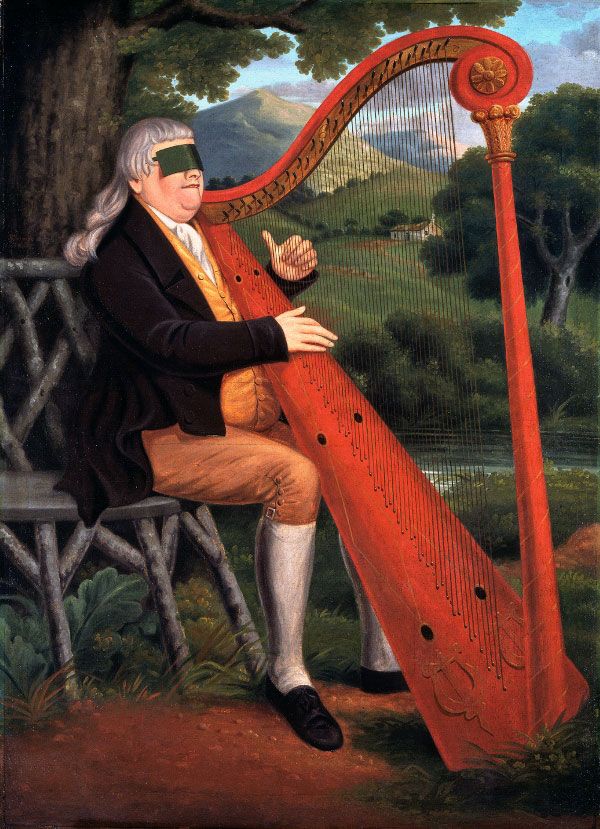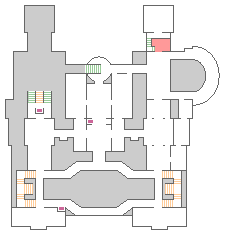People, Personalities and Power: Faces from Wales (1800–2000)

CHAPMAN, J. (fl.1826 – )
William Williams, ‘Will Penmorfa’ (1759–1828)
1826
oil on canvas
given by Baroness De Rutzen, 1946
NMW A 532
This changing display contains portraits of people who have contributed to the cultural political and economic life of Wales during the last two hundred years.
Earlier portraits elsewhere in the galleries are generally of members of the landowning gentry and of clergymen, and reflect the structure of a pre-industrial society.
Here such people are joined by industrialists, politicians, scientists, musicians, artists and writers. After 1800 we have an increasing number of images of the ordinary people of Wales. The middle classes could also now afford to have their faces recorded for posterity.
This was an age of fundamental change. By 1850 more people in Wales worked in industry than on the land. Representative democracy was to transform traditional power structures, and the late nineteenth century saw a powerful revival in national consciousness. Despite war and economic decline, cultural life flourished in the twentieth century.
Portraits had previously recorded status as well as appearance. After 1800 artists became increasingly concerned with reflecting character. Many more portraits were made, some by artists with little formal training.
In the mid-nineteenth century the development of photography transformed the nature of portraiture by providing a cheap and relatively instantaneous way to achieve a faithful likeness. As a result, the expressive dimension of the painted portrait became even more significant.

Location:
Gallery 5